#Zoology
Text
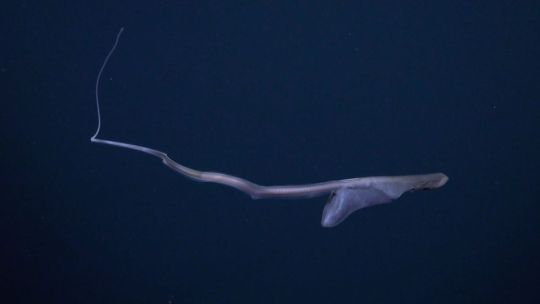
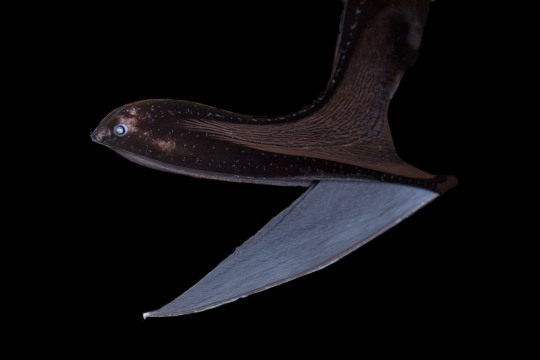
youtube
The Can-do Pelican Eel
The pelican eel, also known as the gulper eel (Eurypharynx pelecanoides), are the only known species of eel in the family Eurypharyngidae. They are found exclusively in the deeper parts of the water column, from depths of 500 up to to 3,000 m (1,600 to 9,800 ft), but are distributed throughout all the world's oceans.
The gulper eel is perhaps most famous for its unique body shape. Like many deep-sea fish, this species is highly adapted to its environment; maximum energy efficiency is the highest priority. To that end, the pelican eel has a large head, and a jaw estimated to be quarter of the total length of its body. The jaw is loosely hinged, meaning that gulper eels can open their mouths extremely wide. The rest of the eel, in contrast, is quite slender and long, about 0.75 m (2.5 ft) in length on average. Most individuals are black--so black, in fact, that they only reflect 0.5% of light; perfect for hiding from potential predators.
Although they look skinny, E. pelecanoides can expand their stomachs to hold prey much larger than themselves. Their primary prey consists of crustaceans and cephalopods, though they may feed opportunistically on other fish. Because it is so well camouflaged, it uses bioluminescent organs on the tip of its tail to attract prey. Gulper eels themselves are preyed upon by lancetfish and other larger deep-sea fish. To deter predators, they will gulp down a large amount of water; this stretches the loose skin around their head and throat, and inflates them to several times their usual size.
Because of their remote location, the breeding habits of gulper eels are relatively unknown. However, it is believed that smell plays a large part in attracting a mate, as pelican eels have highly developed olfactory organs. Like other eels, they're born as tiny, transparent larvae in a state known as the leptocephalus stage. At this stage, they do not have any red blood cells. Researchers aren't sure how long it takes gulper eels to become fully mature, or how long they live, but many believe that adults die shortly after mating.
Conservation status: The population size of E. pelecanoides has not been assessed, and thus the IUCN has not made a determination on its status. The greatest threat for this species is deep-sea trawling, which frequently brings up gulper eels as by-catch.
Photos/Video
Paul Caiger
Schmidt Ocean Institute
EV Nautilus Team (I highly recommend checking out their 2023 highlights reel!)
#pelican eel#gulper eel#Anguilliformes#Eurypharyngidae#eels#ray-finned fish#bony fish#fish#pelagic fauna#open ocean fauna#pelagic fish#deep sea#deep sea fish#Atlantic Ocean#Pacific Ocean#Indian Ocean#Arctic Ocean#Southern Ocean#animal facts#biology#zoology#ecology#marine fauna#marine fish#Youtube
108 notes
·
View notes
Text
#joe locke#josh hutcherson#ayato x reader#bob marley#sarah jean underwood#choi yeonjun#heartstopper#denji#pokemon x and y#gruba szmata#zoology#rock music#inventions#borderline#jaejoong
126 notes
·
View notes
Text
https://michelle-492.tengp.icu/ax/OGdnZft
#vmin#dyke#computers#pyramid head#yaoi#bob marley#choi yeonjun#spicy pics#tloz#gruba szmata#zoology#legs
126 notes
·
View notes
Text
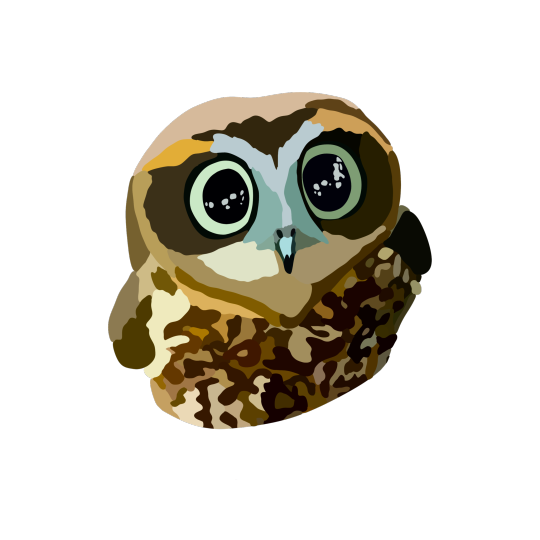


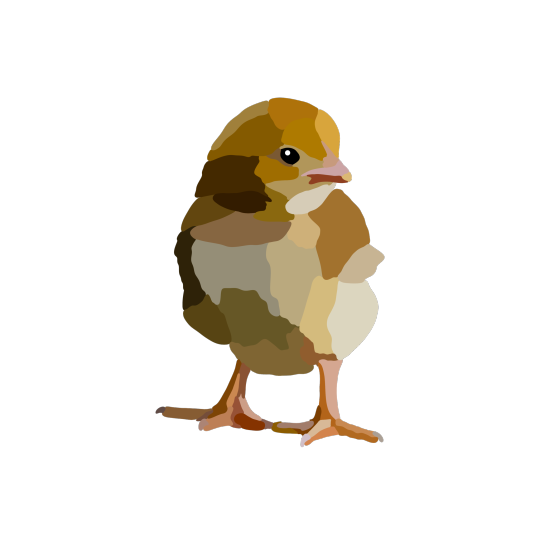
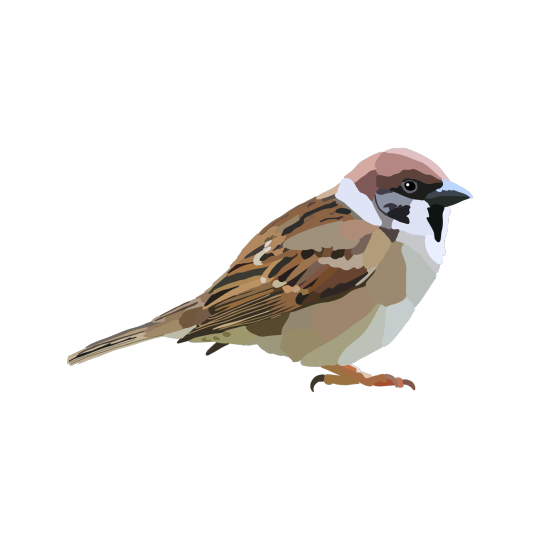

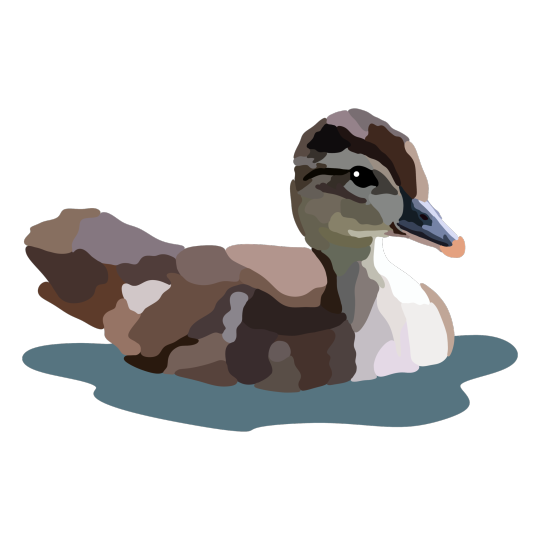
Birdy Birds
#artists on tumblr#stickers#procreate#stickershop#animals#bird art#birds#digital art#illustration#cute#zoology#ornithology
26 notes
·
View notes
Text

Phylogenetic Classification of Living and Fossil Ray-Finned Fishes (Actinopterygii)
Thomas J. Near, Christine E. Thacker
Abstract
Classification of the tremendous diversity of ray-finned fishes (Actinopterygii) began with the designation of taxonomic groups on the basis of morphological similarity.
Starting in the late 1960s morphological phylogenetics became the basis for the classification of Actinopterygii but failed to resolve many relationships, particularly among lineages within the hyperdiverse Percomorpha.
The introduction of molecular phylogenetics led to a dramatic reconfiguration of actinopterygian phylogeny. Refined phylogenetic resolution afforded by molecular studies revealed an uneven diversity among actinopterygian lineages, resulting in a proliferation of redundant group names in Linnean-ranked classifications.
Here we provide an unranked phylogenetic classification for actinopterygian fishes based on a summary phylogeny of 830 lineages of ray-finned fishes that includes all currently recognized actinopterygian taxonomic families and 287 fossil taxa.
We provide phylogenetic definitions for 90 clade names and review seven previously defined names. For each of the 97 clade names, we review the etymology of the clade name, clade species diversity and constituent lineages, clade diagnostic morphological apomorphies, review synonyms, and provide a discussion of the clade's nomenclatural and systematic history.
The new classification is free of redundant group names and includes only one new name among the 97 clade names we review and describe, yielding a comprehensive classification that is based explicitly on the phylogeny of ray-finned fishes that has emerged in the 21st century and rests on the foundation of the previous 200 years of research on the systematics of ray-finned fishes.
Read the paper here:
Phylogenetic Classification of Living and Fossil Ray-Finned Fishes (Actinopterygii) (bioone.org)
26 notes
·
View notes
Text
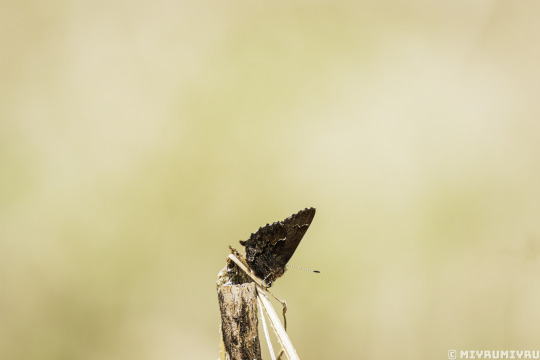
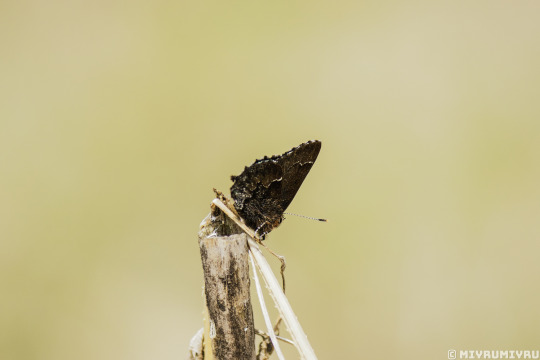

contemplate...
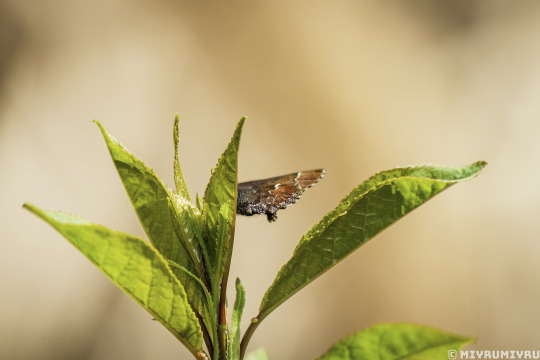

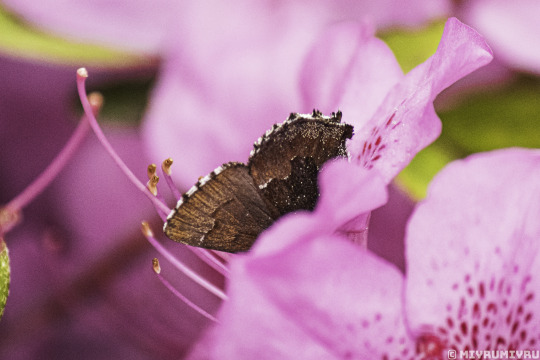
"Thinking too hard, Me need sugar supplement (✿◕⋌◕)"
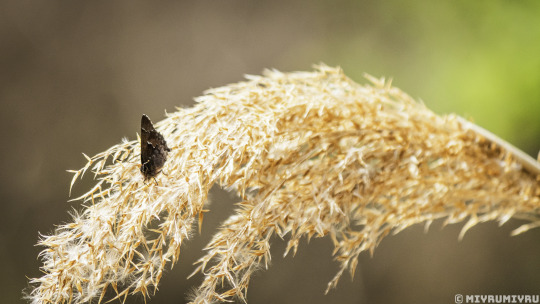


I named an English name for them!
it's "Rusted saw" ^\/\/\/^
북방쇳빛부전나비 (Callophrys frivaldszkyi)
쇳빛부전나비 (Ahlbergia ferrea)
#photographers on tumblr#my photography#original photographers#lensblr#photography#insect photography#wildlife photography#macro photography#nature photography#nature#naturecore#insect#butterfly#butterflies#lycaenidae#bugblr#zoology#entomology#little angel#so tiny#so precious#april 7 2024#april 18 2024#april 22 2024#iron colored gossamer-winged butterflies#unable to take upperside of them because they literally don't unfold their wing ㅜuㅜ#noai#no ai#no to generative ai
16 notes
·
View notes
Text
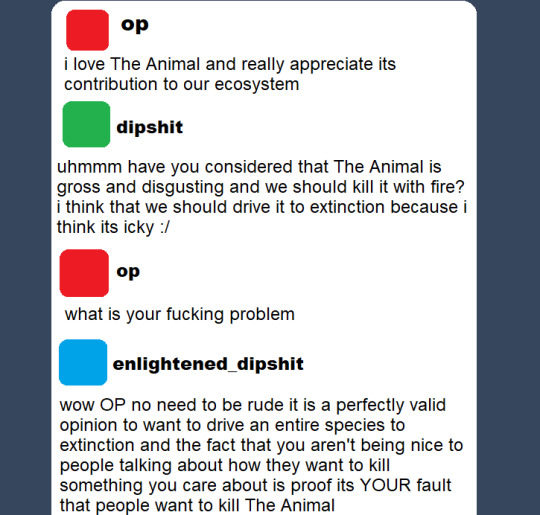
POV you made a popular post about insects
#inaturalist#naturalist#nature#ecology#zoology#biology#insect#insects#bug#bugblr#entomology#bugs#hawk screeches#yes i am deeply petty. dont worry about it
25K notes
·
View notes
Text
oh BTW here's my teeny tiny list of my favourite pigeon species
White breasted ground dove
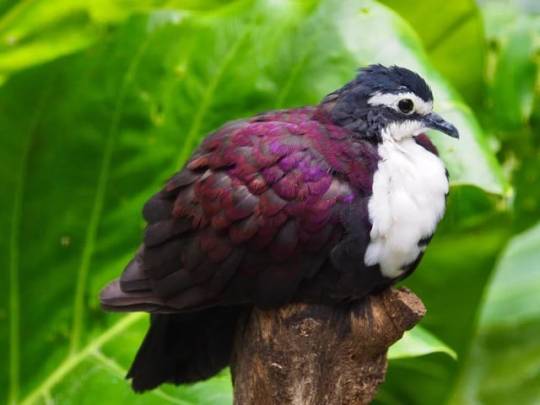
Nicobar pigeon
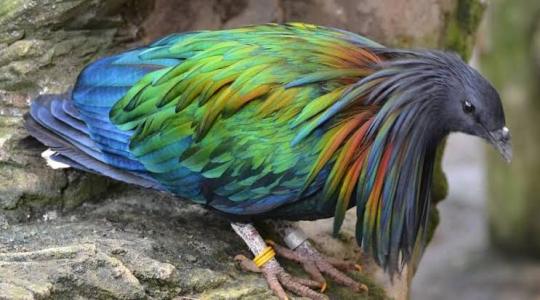
Cinnamon headed green pigeon
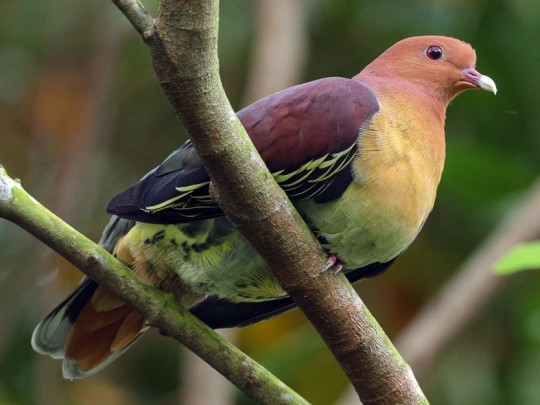
Yellow footed green pigeon
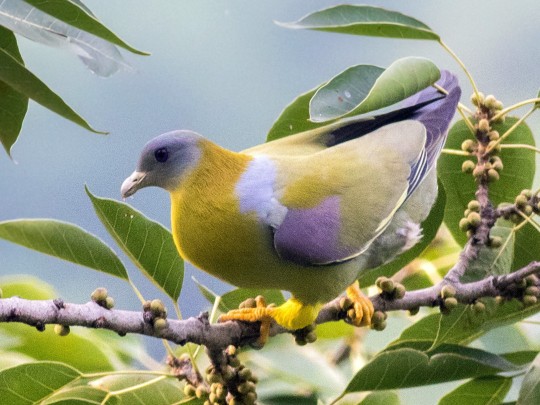
Pheasant pigeon

Yellow breasted fruit dove

Many coloured fruit dove
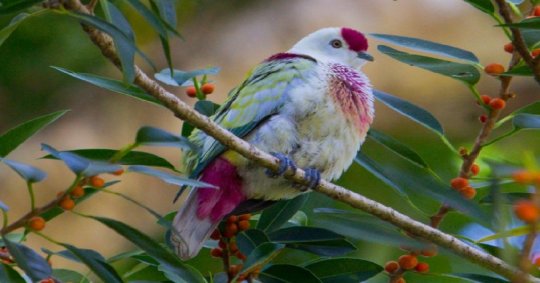
Crowned pigeon

#dont even ask the reasoning for the pigeon list#pigeon#dove#animal#zoology#orthinology#took about 12 years to type this out#hand is fucked
24K notes
·
View notes
Text
"In one of Africa’s last great wildernesses, a remarkable thing has happened—the scimitar-horned oryx, once declared extinct in the wild, is now classified only as endangered.
It’s the first time the International Union for the Conservation of Nature (IUCN), the world’s largest conservation organization, has ever moved a species on its Red List from ‘Extinct in the Wild’ to ‘Endangered.’
The recovery was down to the conservation work of zoos around the world, but also from game breeders in the Texas hill country, who kept the oryx alive while the governments of Abu Dhabi and Chad worked together on a reintroduction program.
Chad... ranks second-lowest on the UN Development Index. Nevertheless, it is within this North African country that can be found the Ouadi Rimé-Ouadi Achim Faunal Reserve, a piece of protected desert and savannah the size of Scotland—around 30,000 square miles, or 10 times the size of Yellowstone.
At a workshop in Chad’s capital of N’Djamena, in 2012, Environment Abu Dhabi, the government of Chad, the Sahara Conservation Fund, and the Zoological Society of London, all secured the support of local landowners and nomadic herders for the reintroduction of the scimitar-horned oryx to the reserve.
Environment Abu Dhabi started the project, assembling captive animals from zoos and private collections the world over to ensure genetic diversity. In March 2016, the first 21 animals from this “world herd” were released over time into a fenced-off part of the reserve where they could acclimatize. Ranging over 30 miles, one female gave birth—the first oryx born into its once-native habitat in over three decades.
In late January 2017, 14 more animals were flown to the reserve in Chad from Abu Dhabi.
In 2022, the rewilded species was officially assessed by the IUCN’s Red List, and determined them to be just ‘Endangered,’ and not ‘Critically Endangered,’ with a population of between 140 and 160 individuals that was increasing, not decreasing.
It’s a tremendous achievement of international scientific and governmental collaboration and a sign that zoological efforts to breed endangered and even extinct animals in captivity can truly work if suitable habitat remains for them to return to."
-via Good News Network, December 13, 2023
#chad#abu dhabi#north africa#rewilding#endangered species#conservation#zoology#conservation biology#oryx#good news#hope#texas#big game#animals#endangered#environmentalism#environmental science#zoo#zoos#zoo animals
24K notes
·
View notes
Text
Once the birds had learned how to initiate video interactions, the second phase of the experiment could begin. In this “open call” period, the 15 participating birds could make calls freely; they also got to choose which bird to dial up. Over the next two months, pet parrots made 147 deliberate video calls to other birds. Their owners took detailed notes about the calls and recorded more than 1,000 hours of video footage that the researchers analyzed.
45K notes
·
View notes
Text
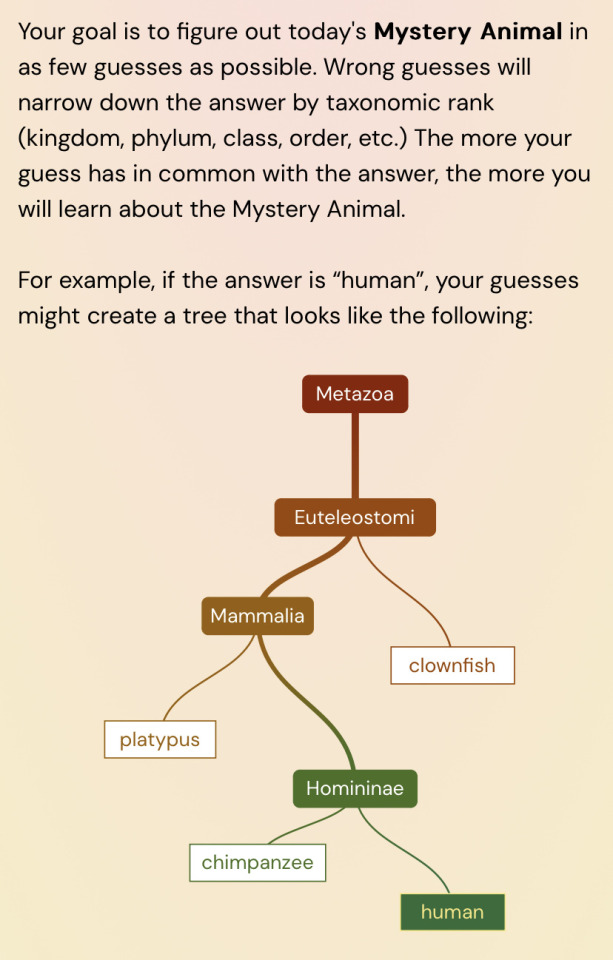
guys i just found out about this site that does a daily guessing game, it’s phylogenetic wordle- so fun!!!
29K notes
·
View notes
Text
orb weavers' sexual dimorphism is hilarious to me like.
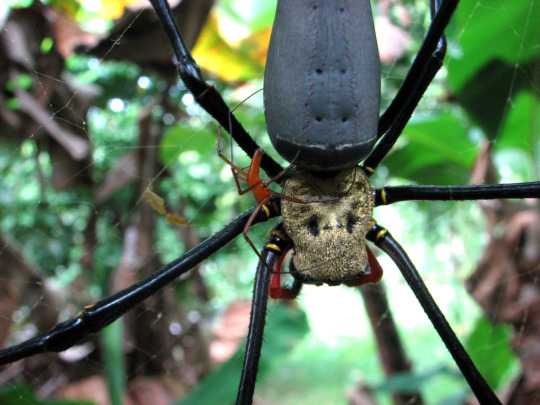
me and my big beautiful wife
#northern golden orb weaver#spiders#arachnids#ecology#bugblr#Nephila pilipes#arachnology#zoology#nature#australia
8K notes
·
View notes
Text
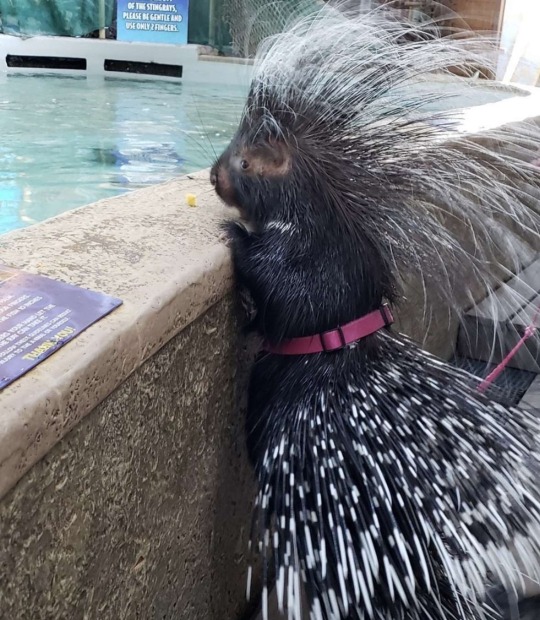
I need everyone to see this picture of a porcupine looking at stingrays in an aquarium
#not marine animal#aquarium#marine biology#oceanposting#cute animals#porcupine#cownose ray#fish#zoology#biology#animals
39K notes
·
View notes
Text
Apparently if you find a tagged Horseshoe crab and report it to Fish and Wildlife they’ll send you a certificate with info about your crab AND a pewter horseshoe crab pin! Keep your eyes peeled 👀
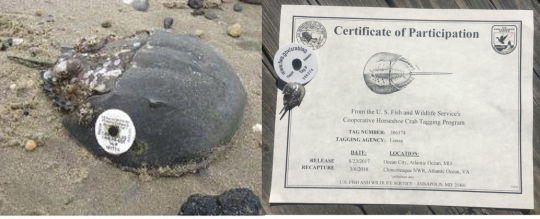
(Photo from the Nantucket Conservation Foundation)
#citizen science#horseshoe crabs#animals#biology#cool#I want that pin so badly but I refuse to buy one it must be earned#zoology#fwc
114K notes
·
View notes
Text



Chillin’ in the water
#artists on tumblr#stickers#procreate#stickershop#animals#cute#illustration#digital art#zoology#axolotl art#baby seal#sea turtle#water#ocean#sea
21 notes
·
View notes
Text
Land cryptids: We think it was probably a wolf with mange.
Sea cryptids: So it turns out there really is a creature of the abyss with glowing skin and fifty-foot barbed tentacles that somehow evaded reliable documentation for several thousand years, but we're going to act like these two cases are equivalent because anecdotal descriptions of its appearance have historically been somewhat inaccurate.
8K notes
·
View notes